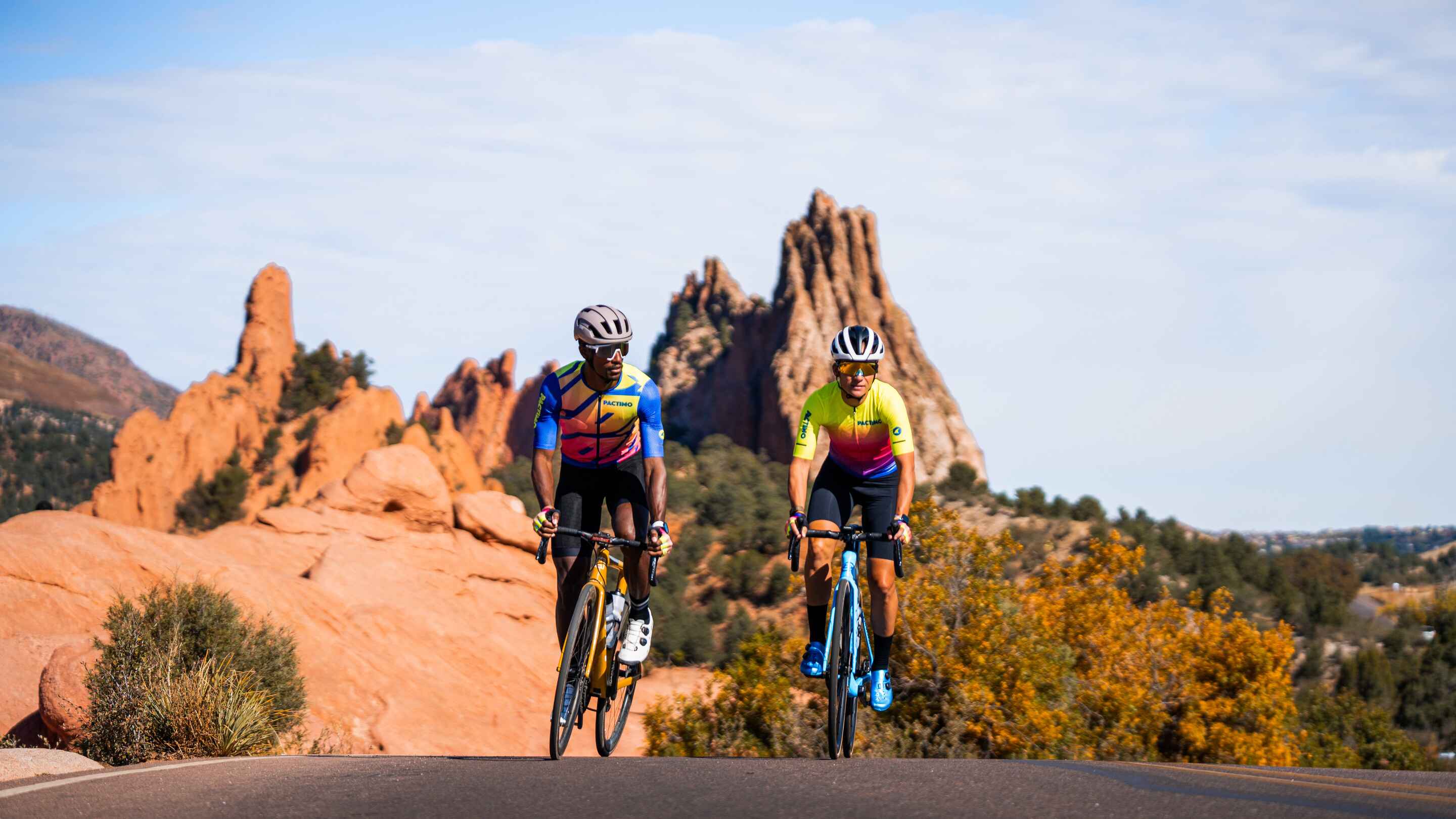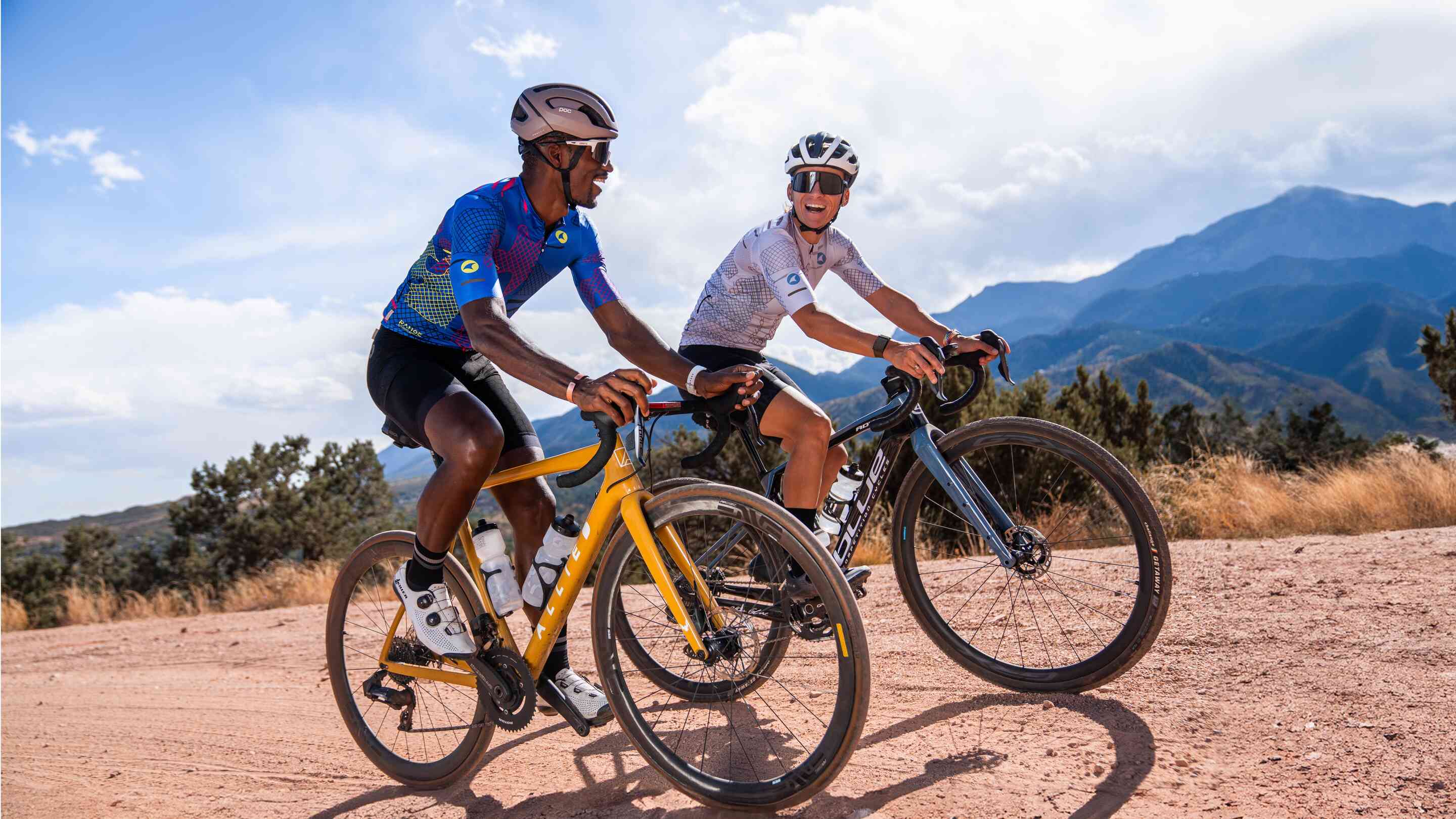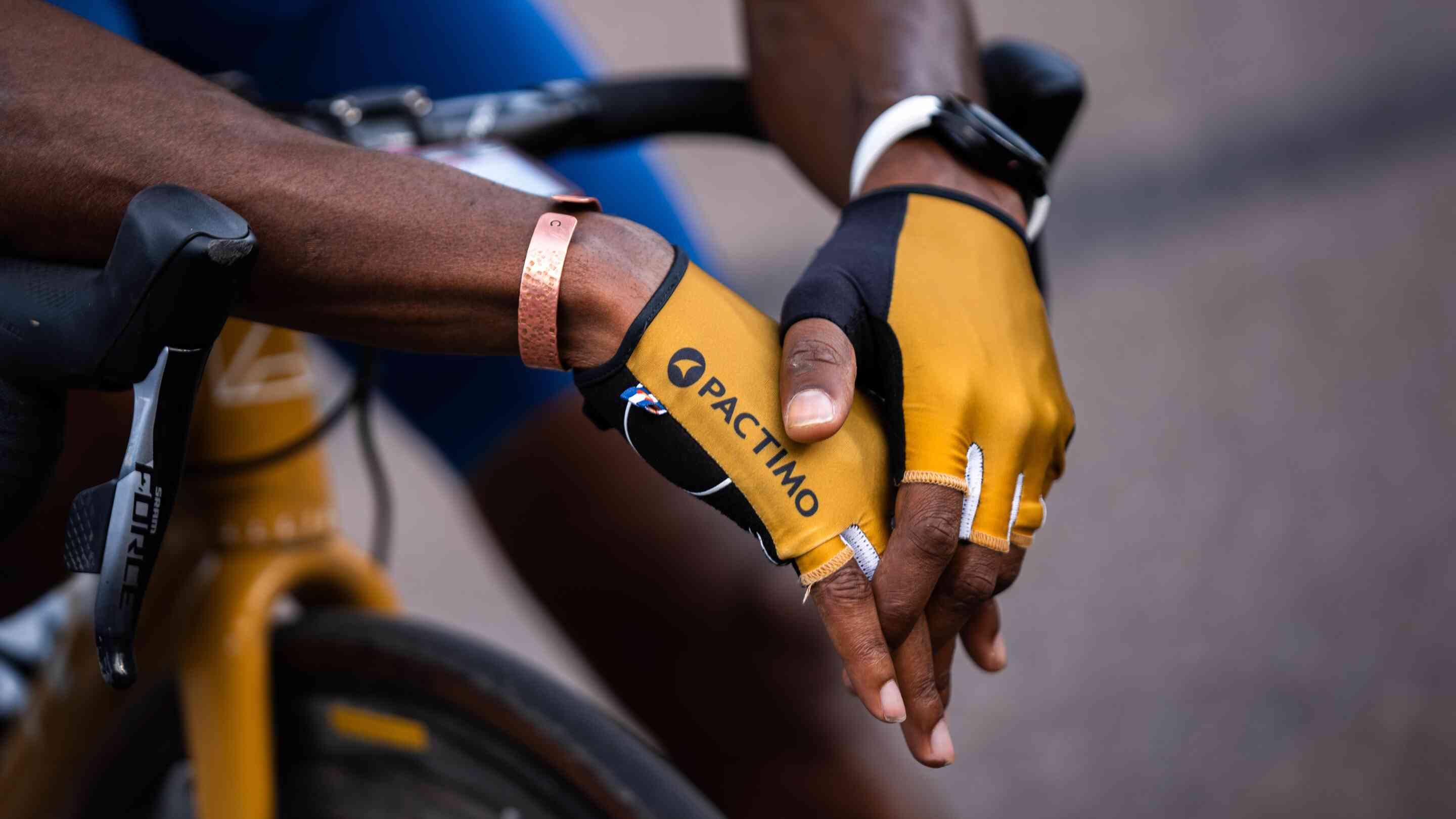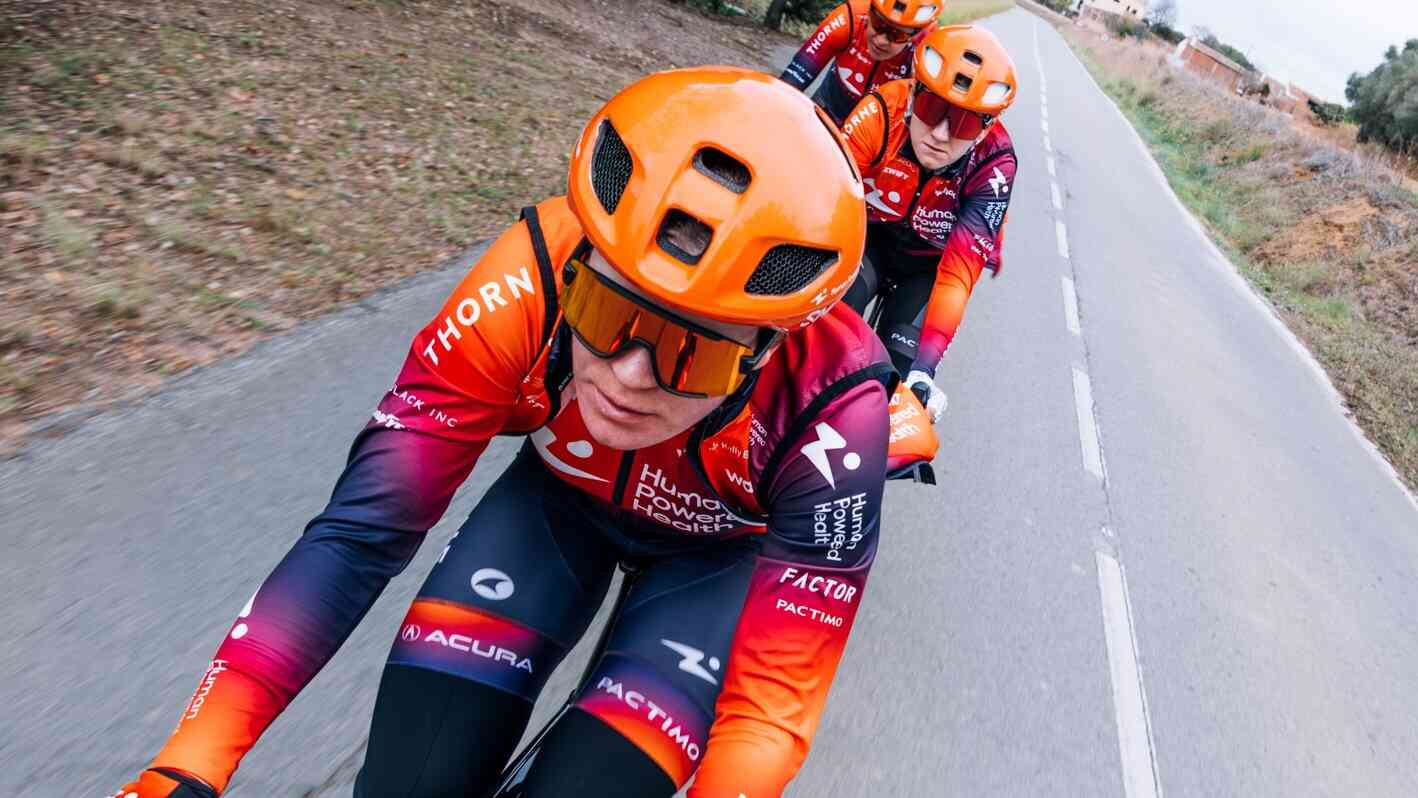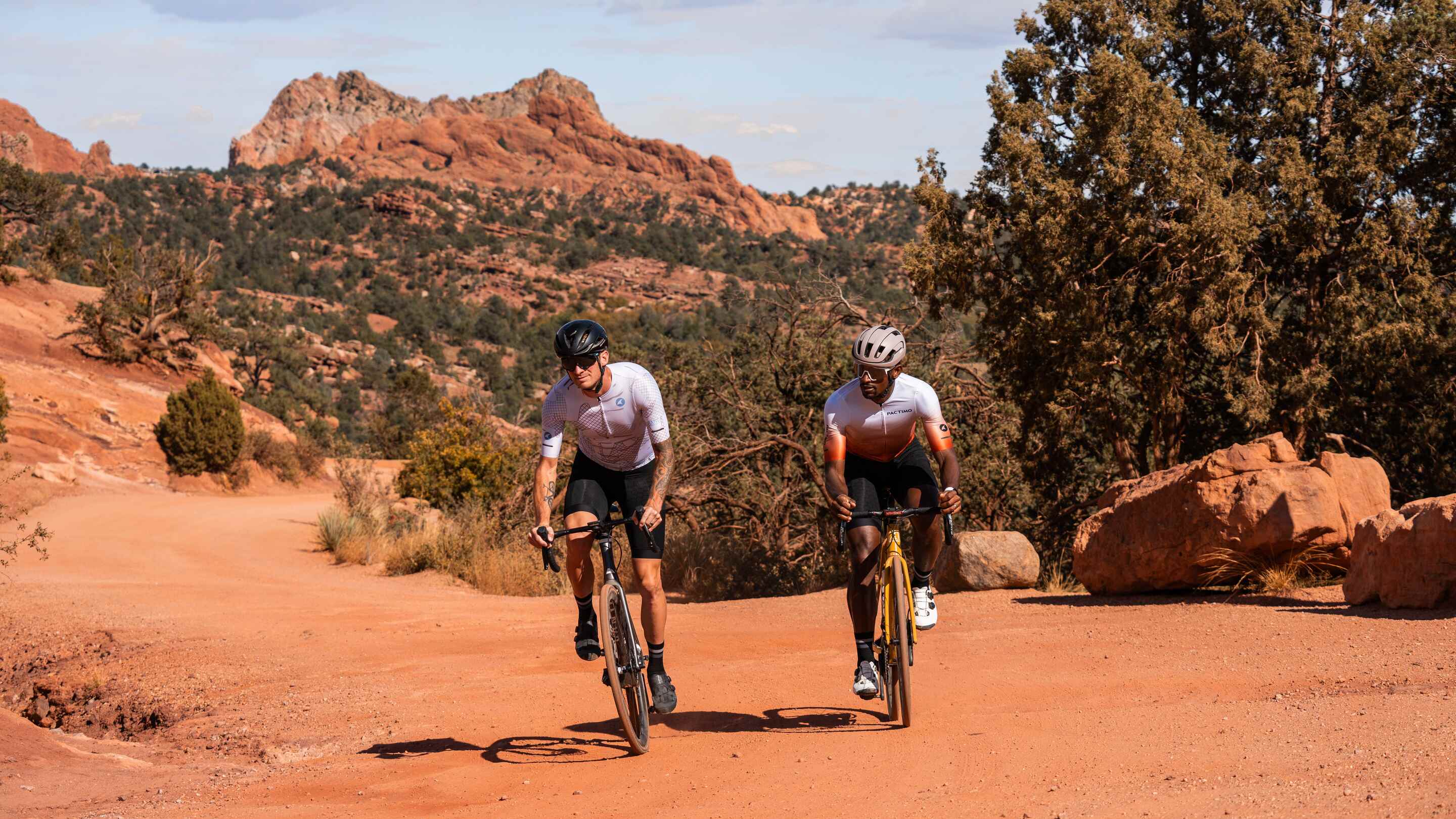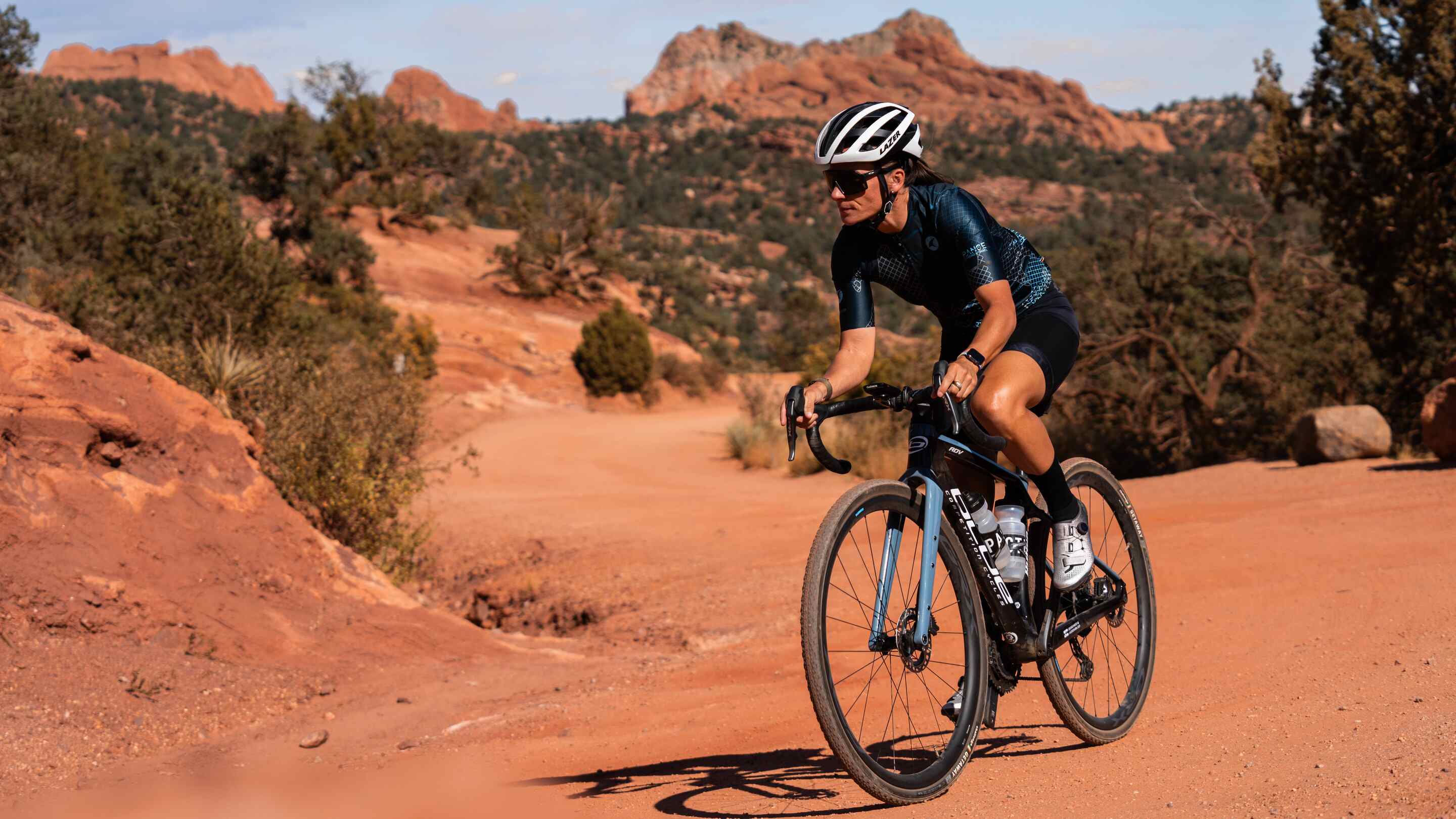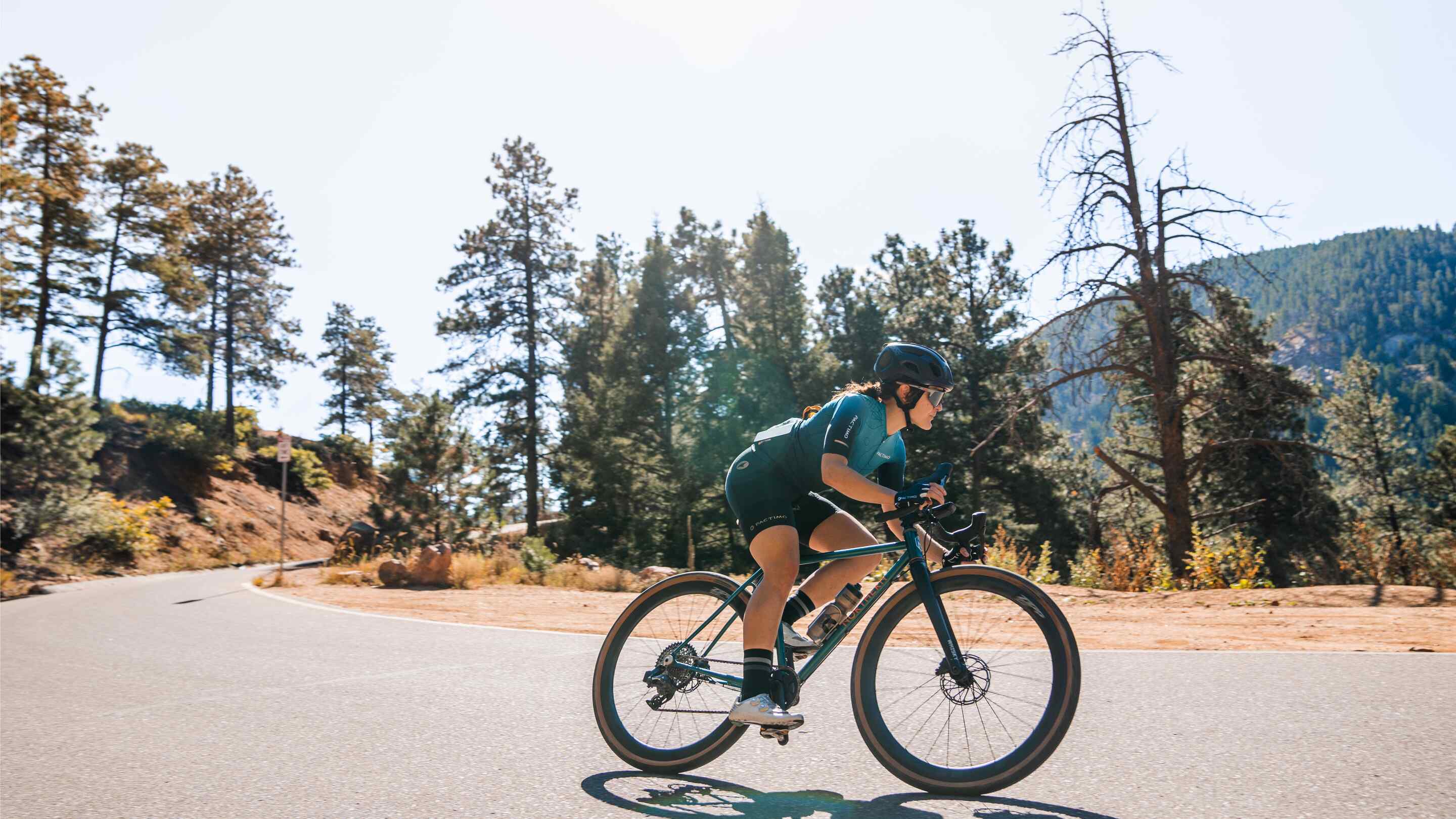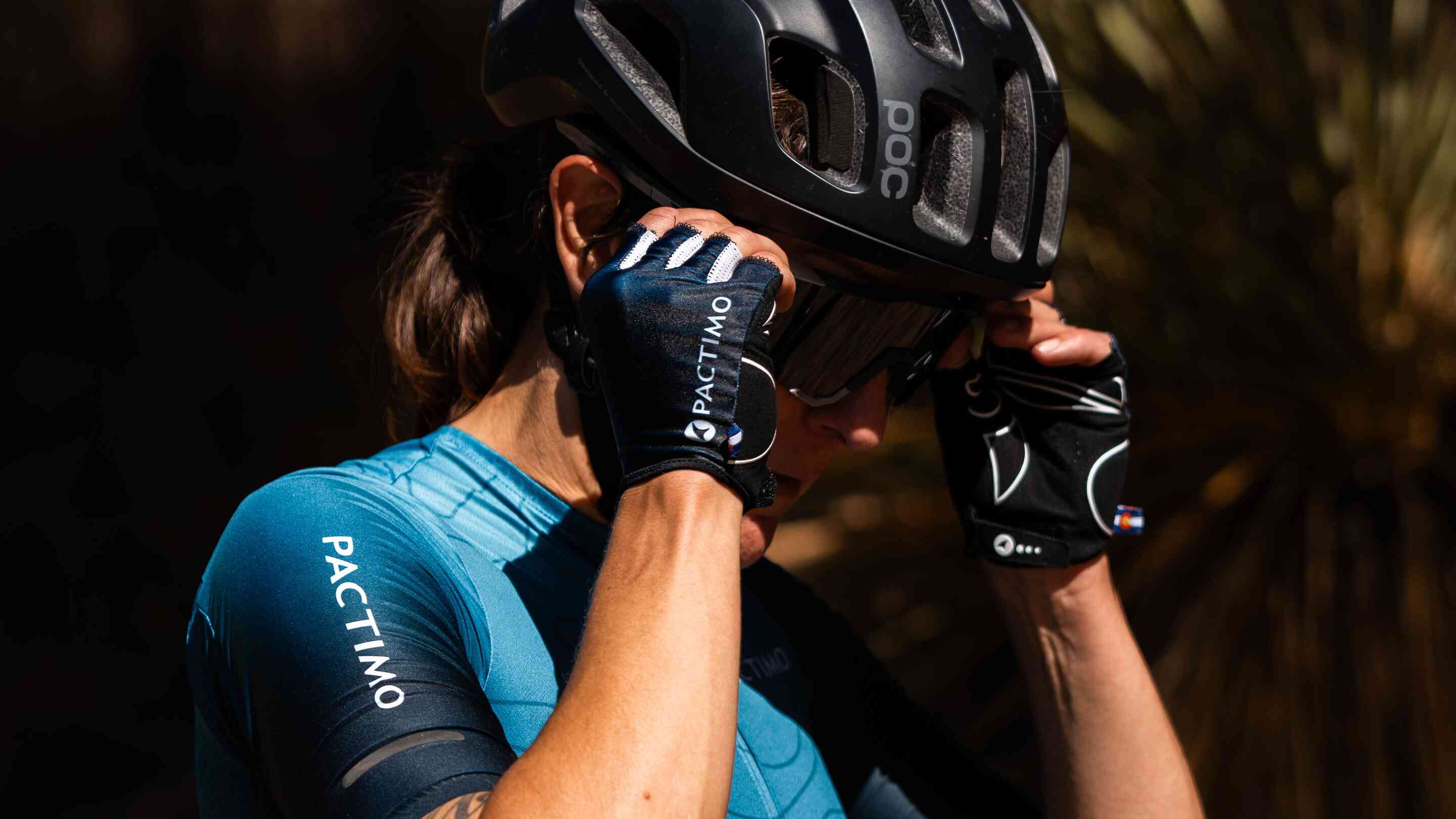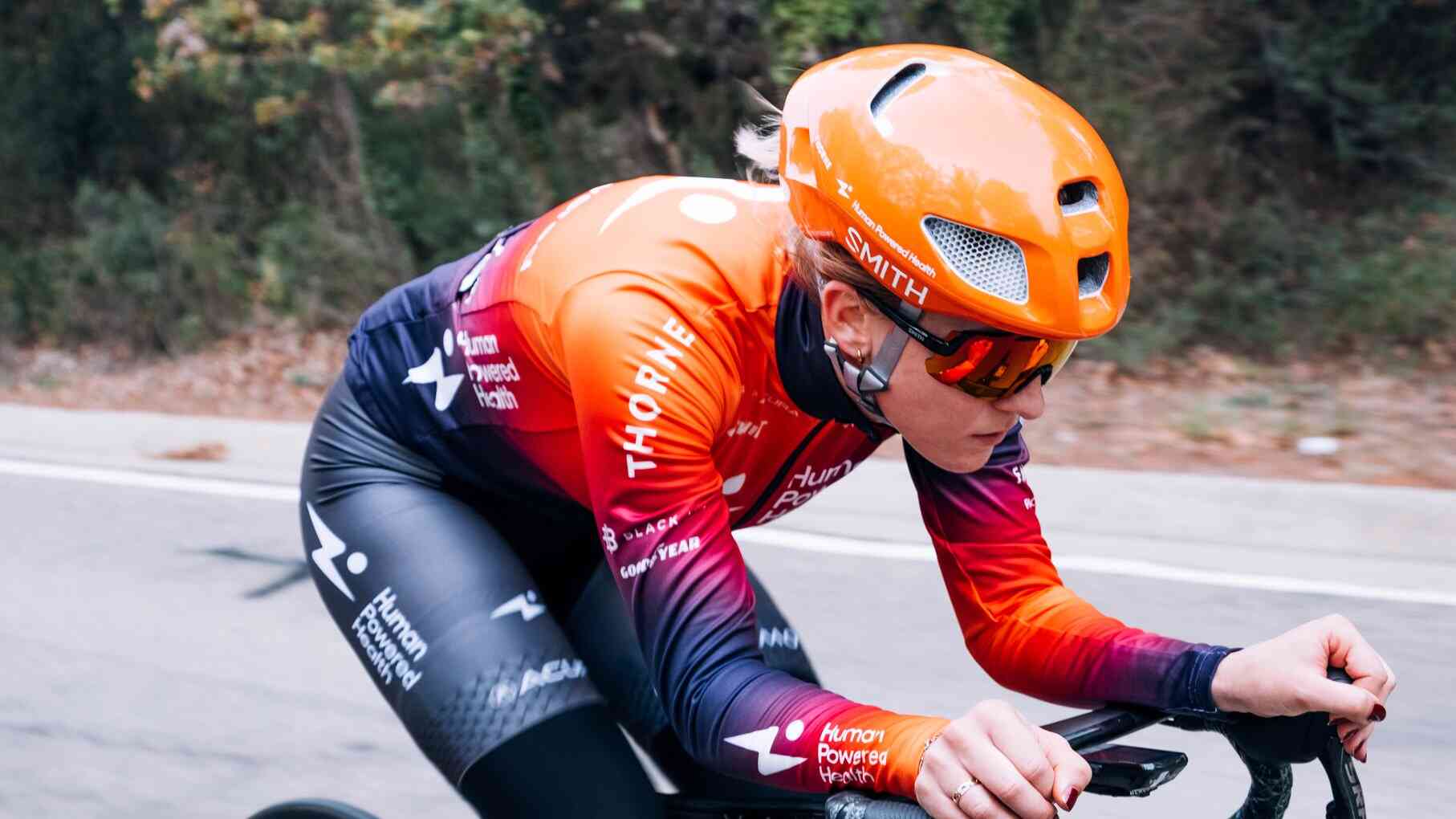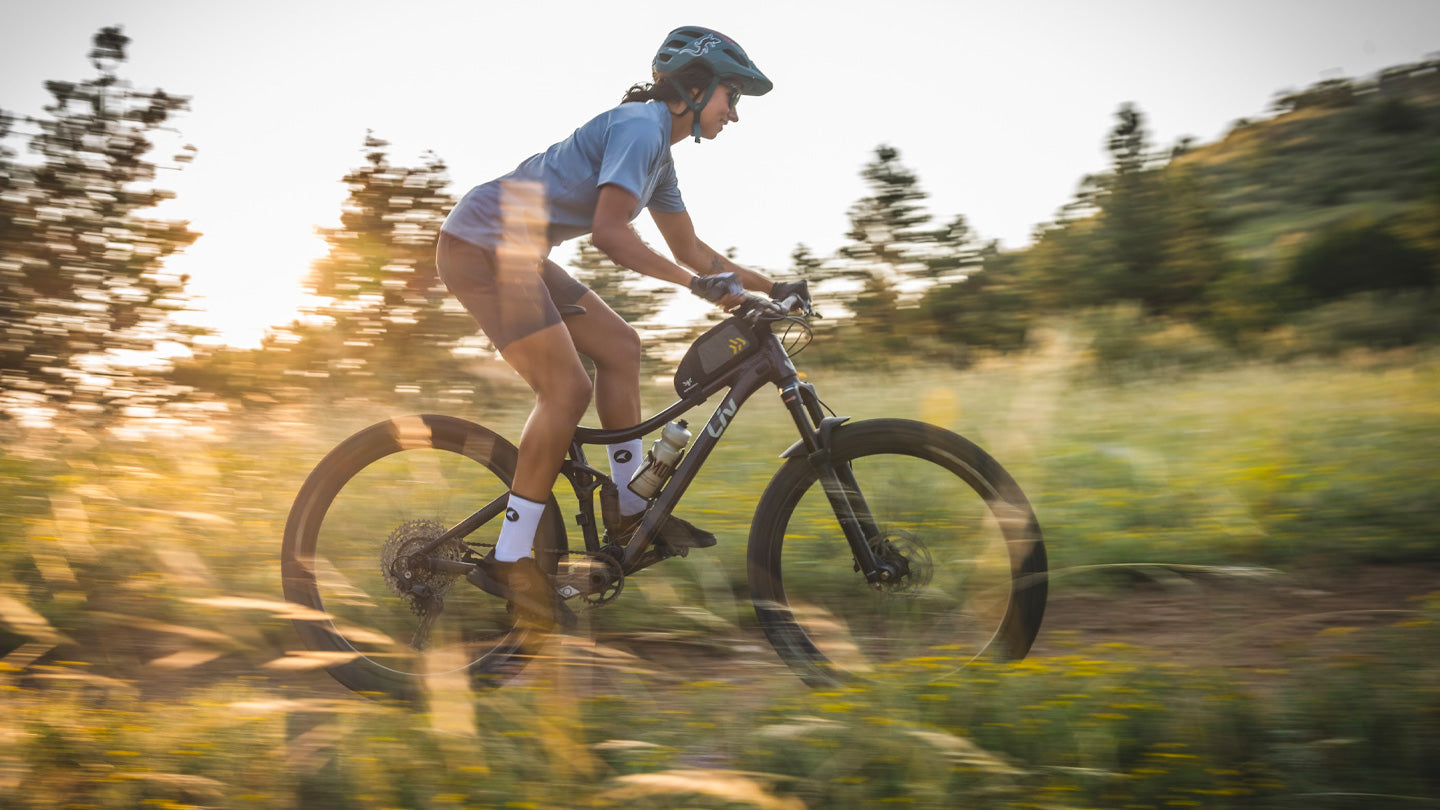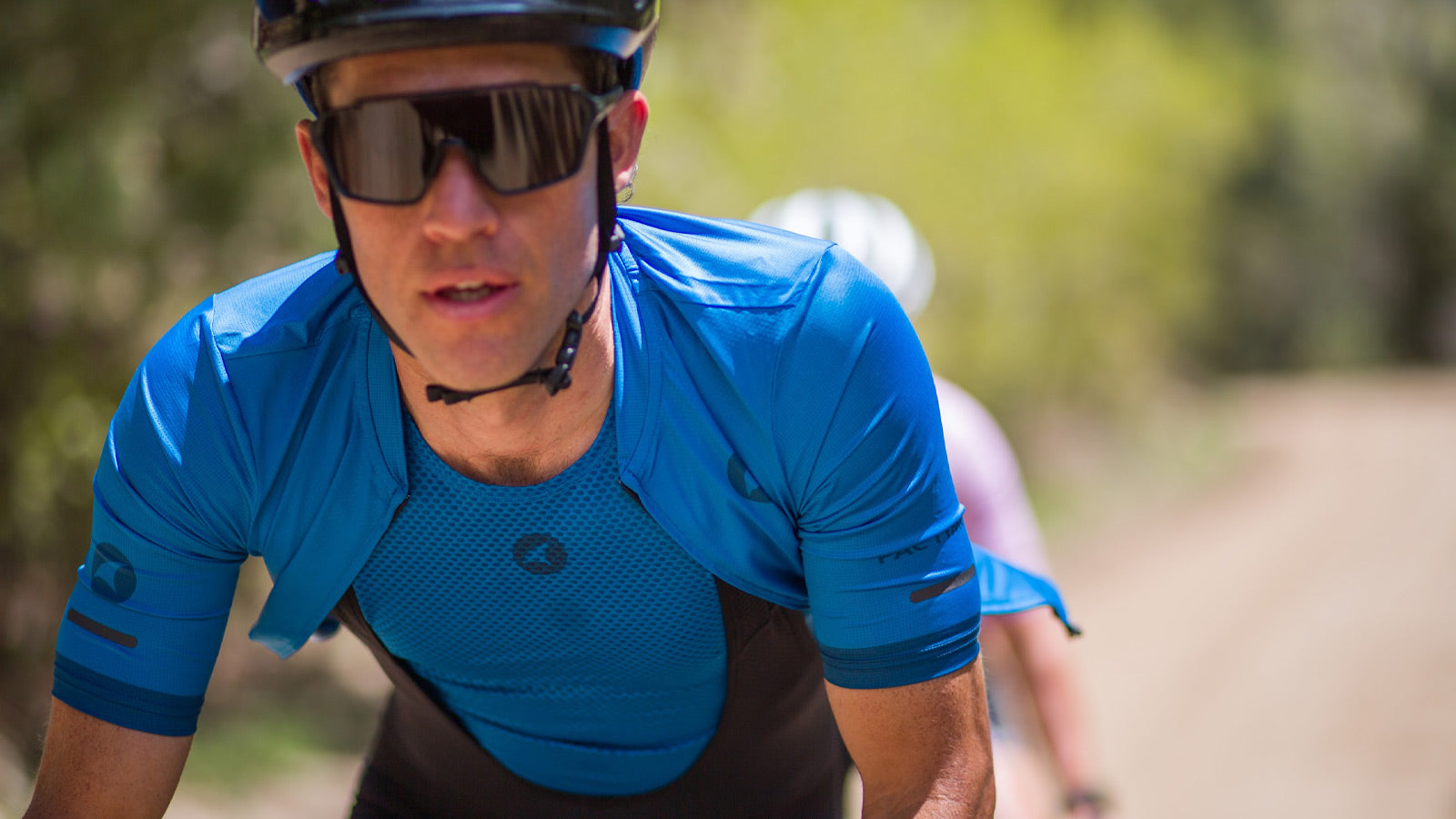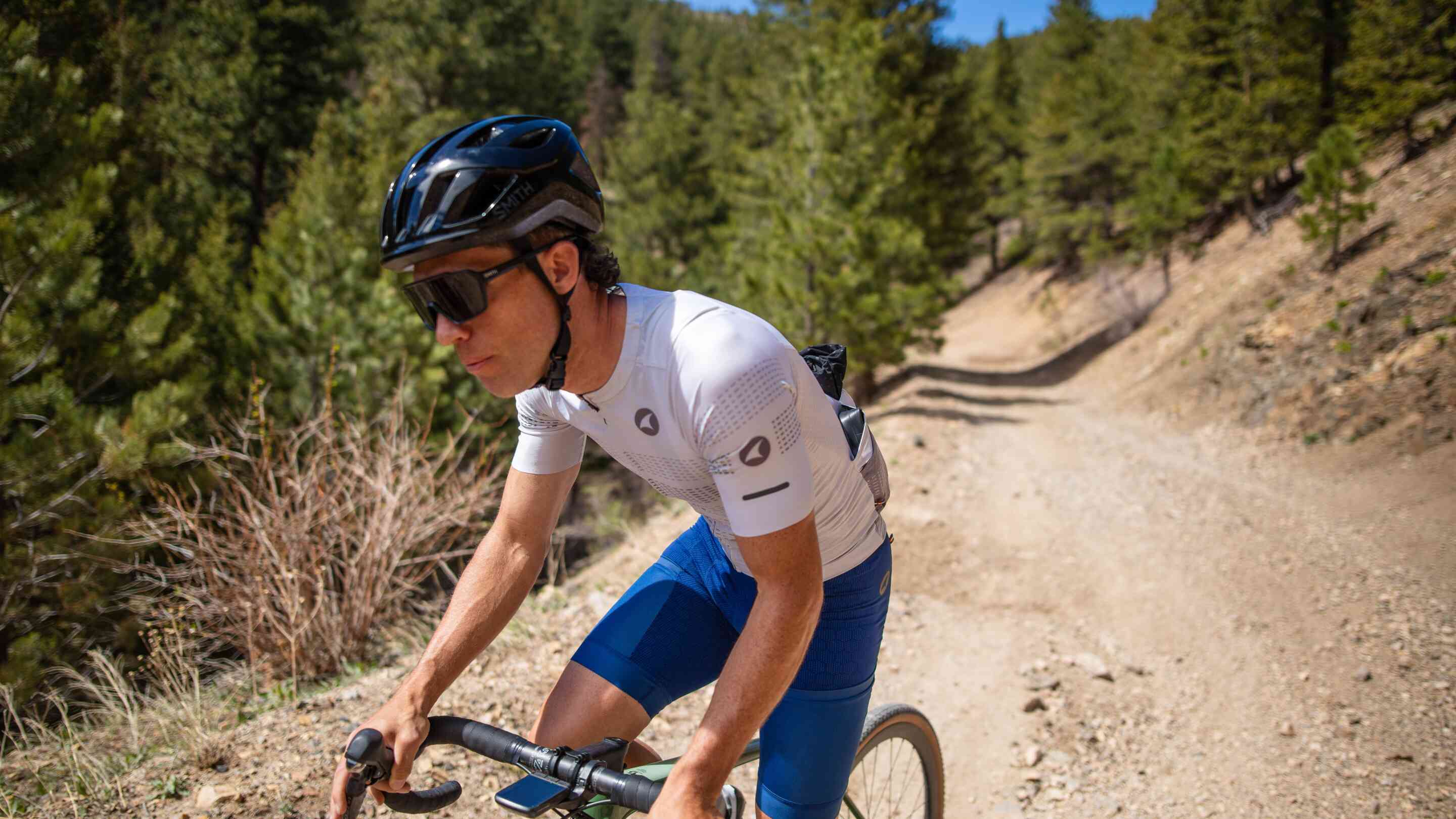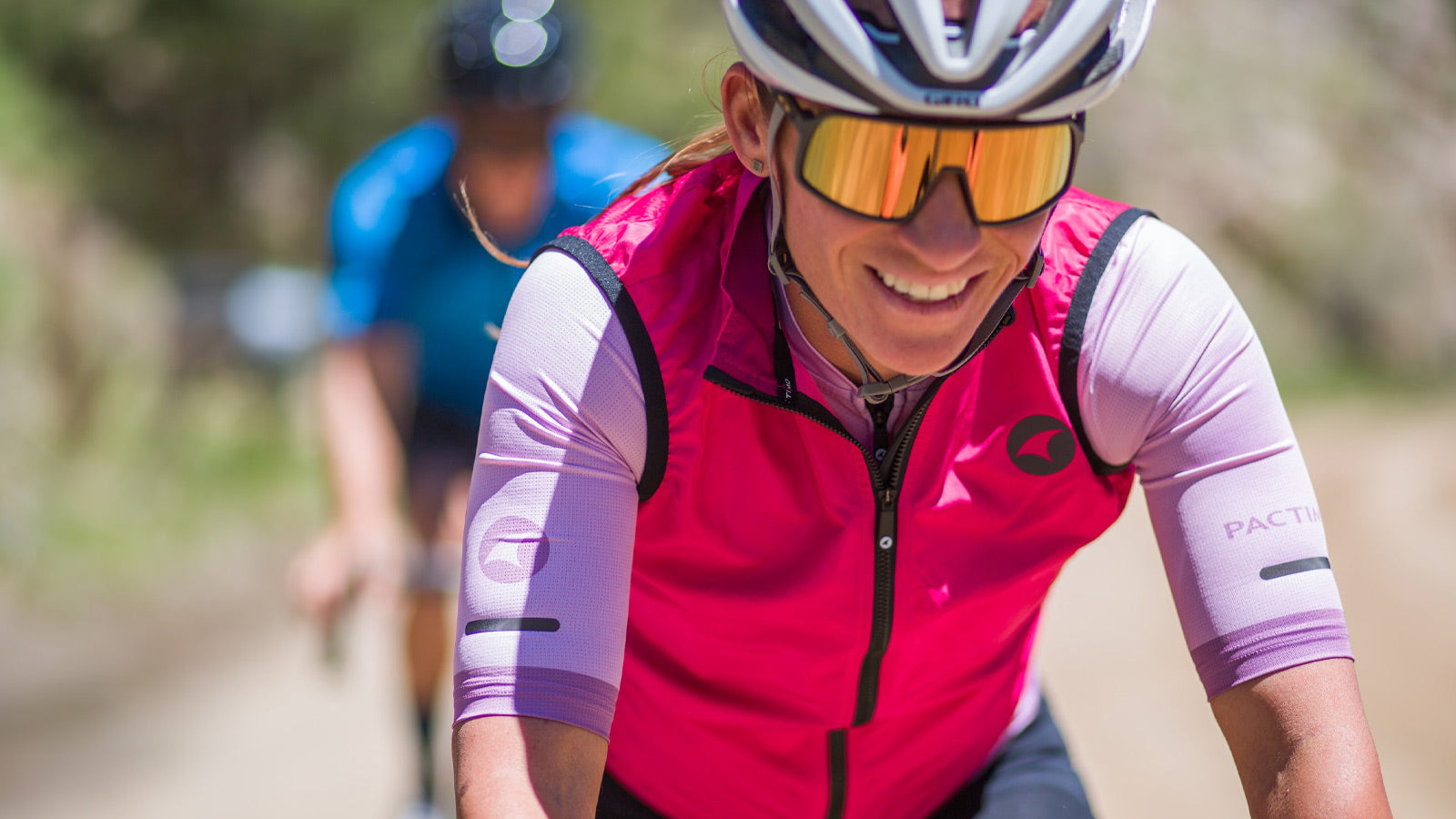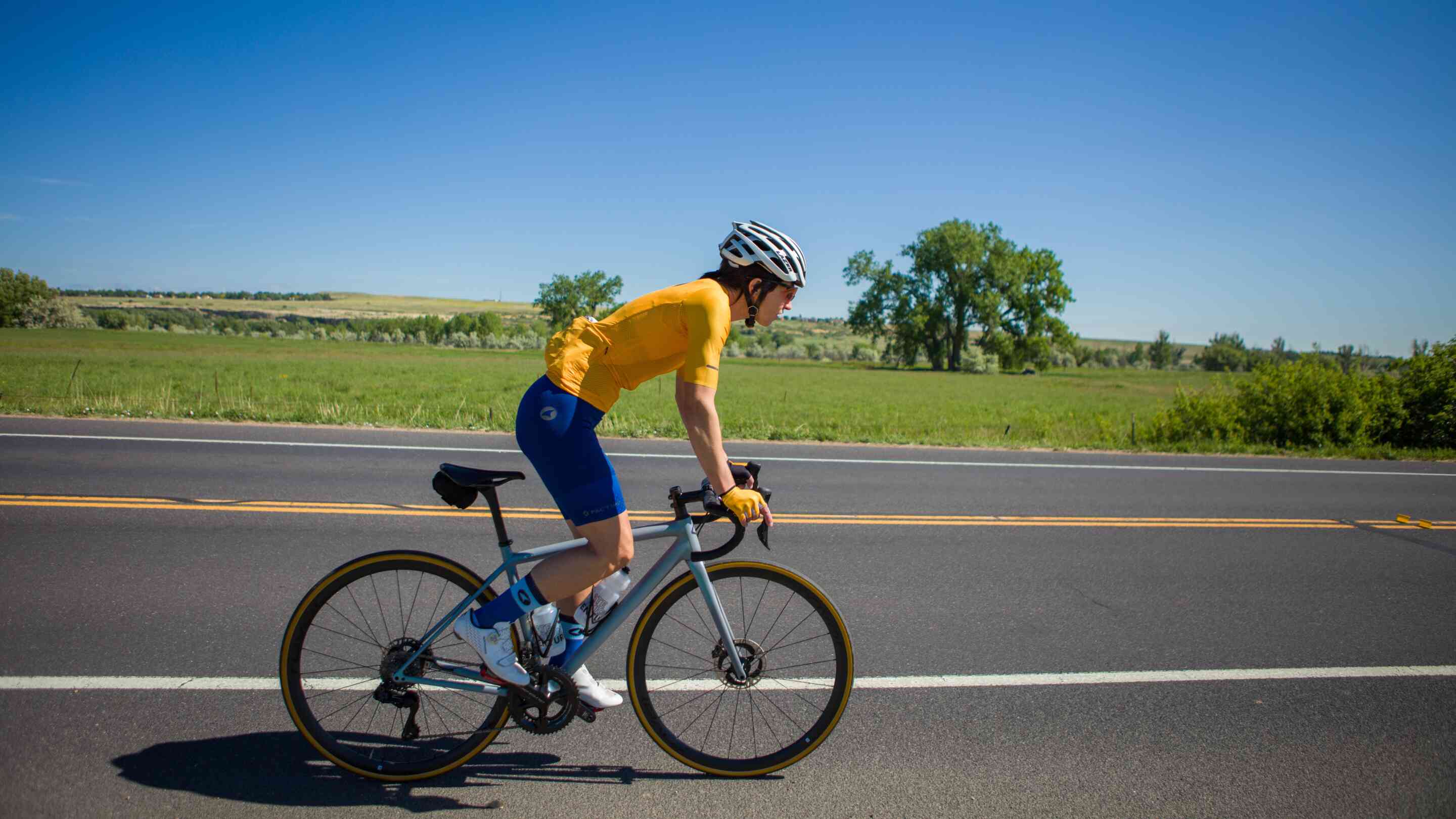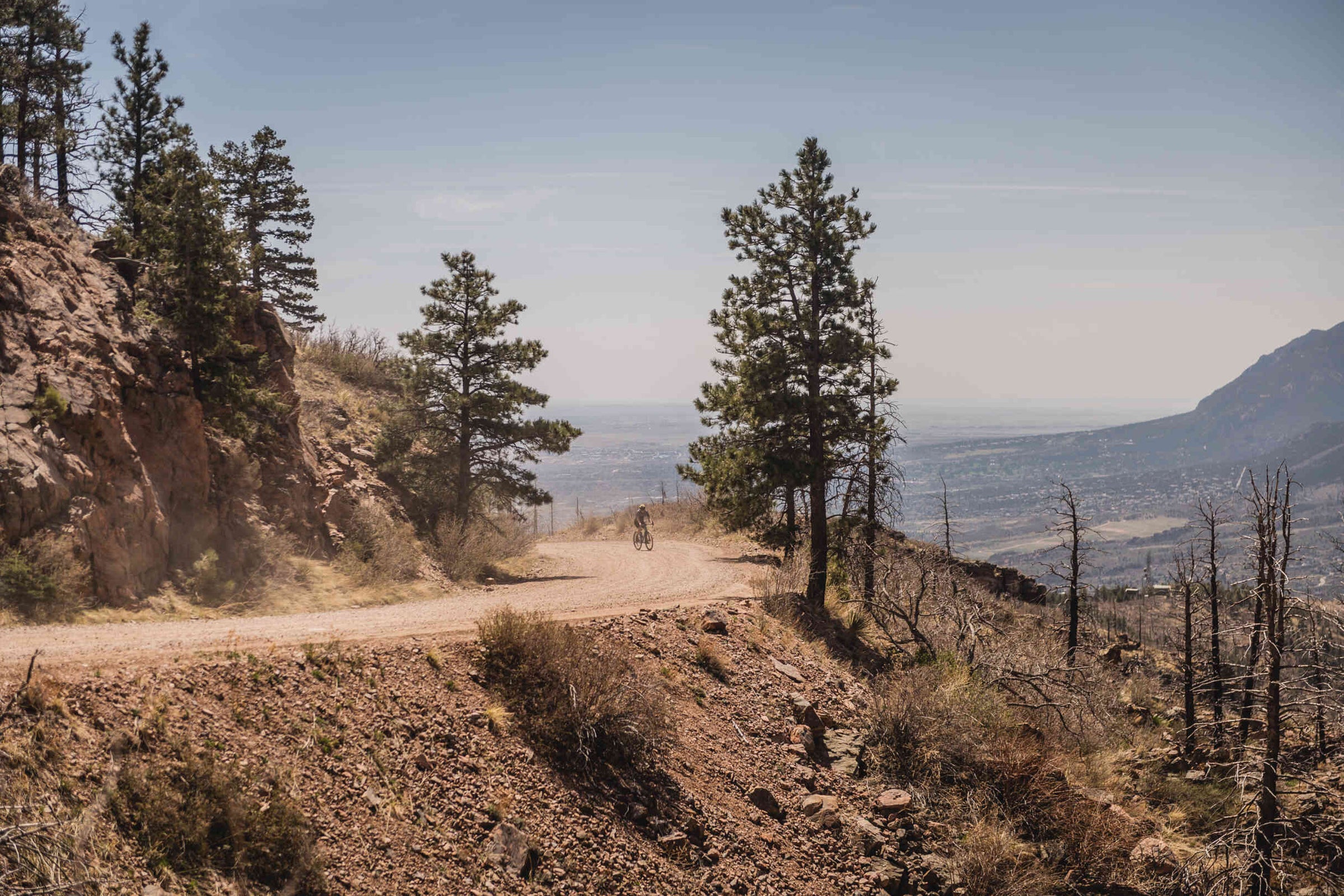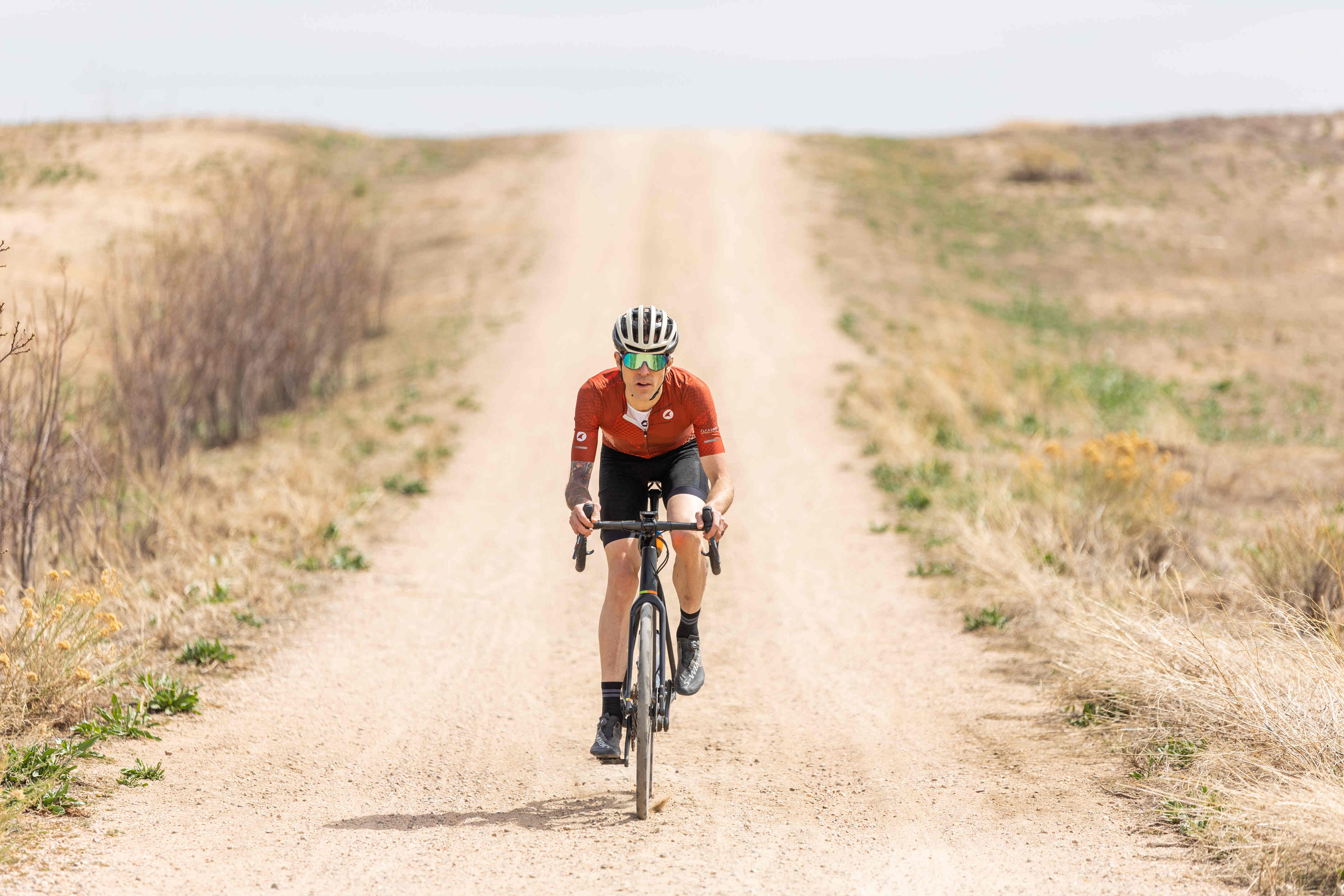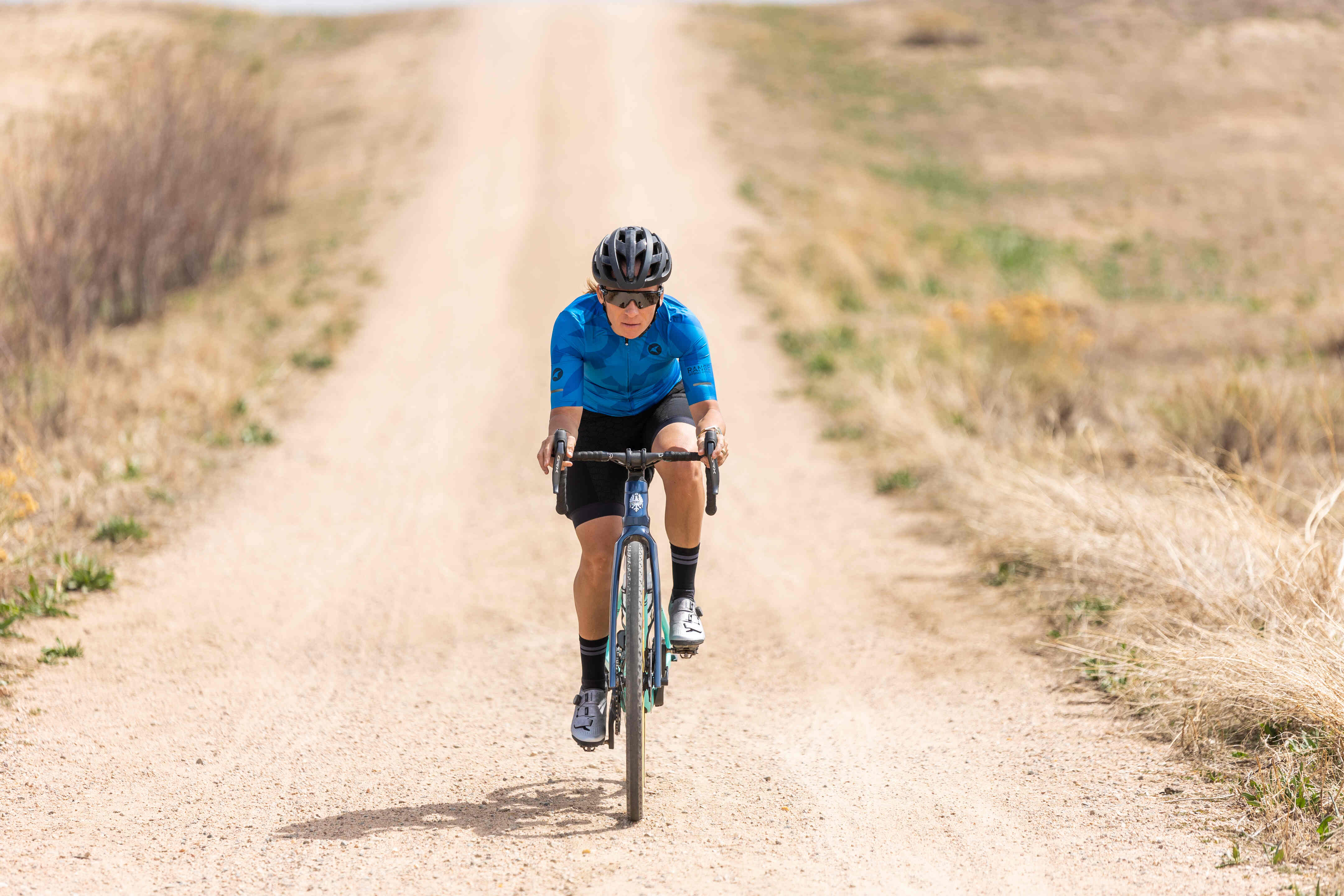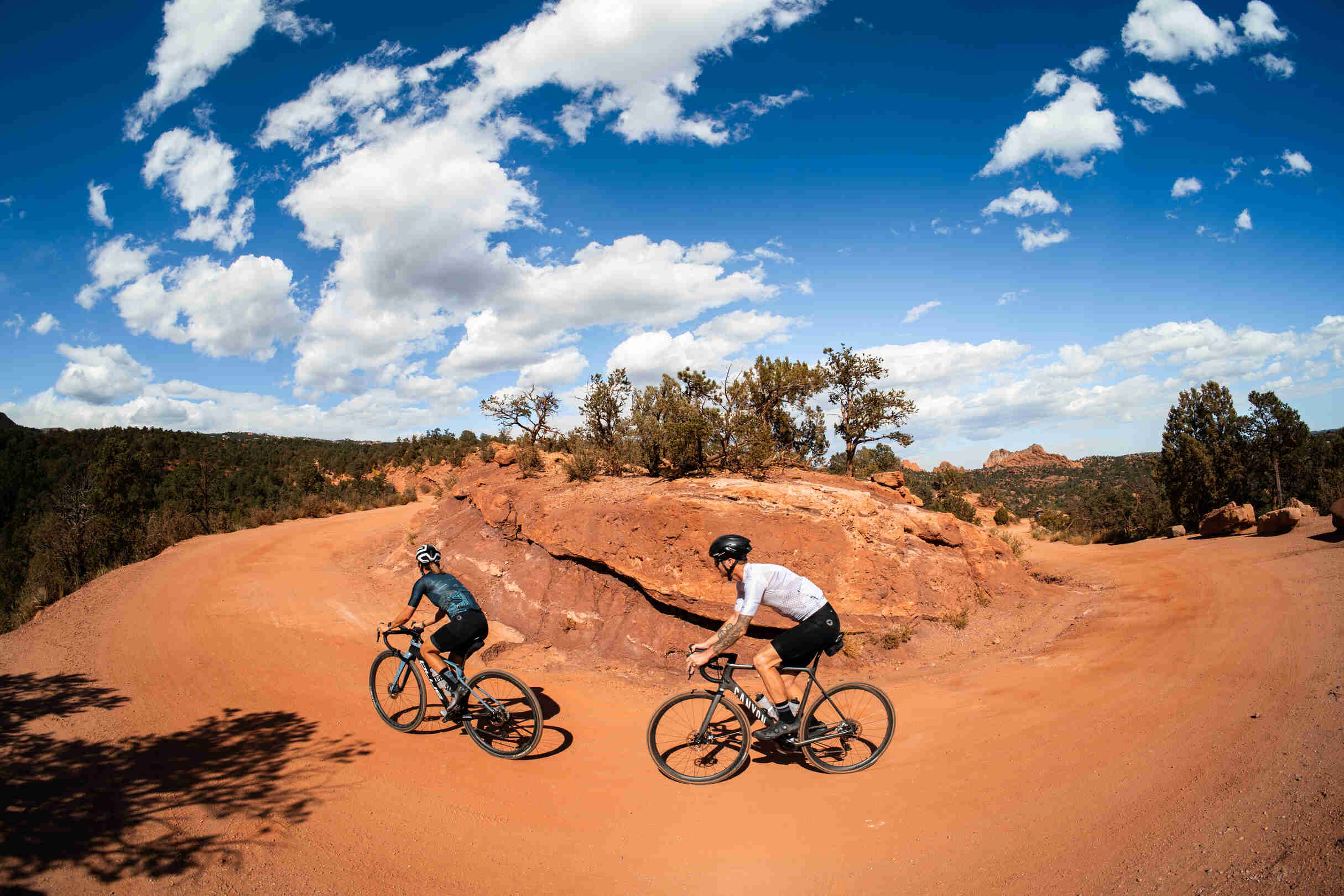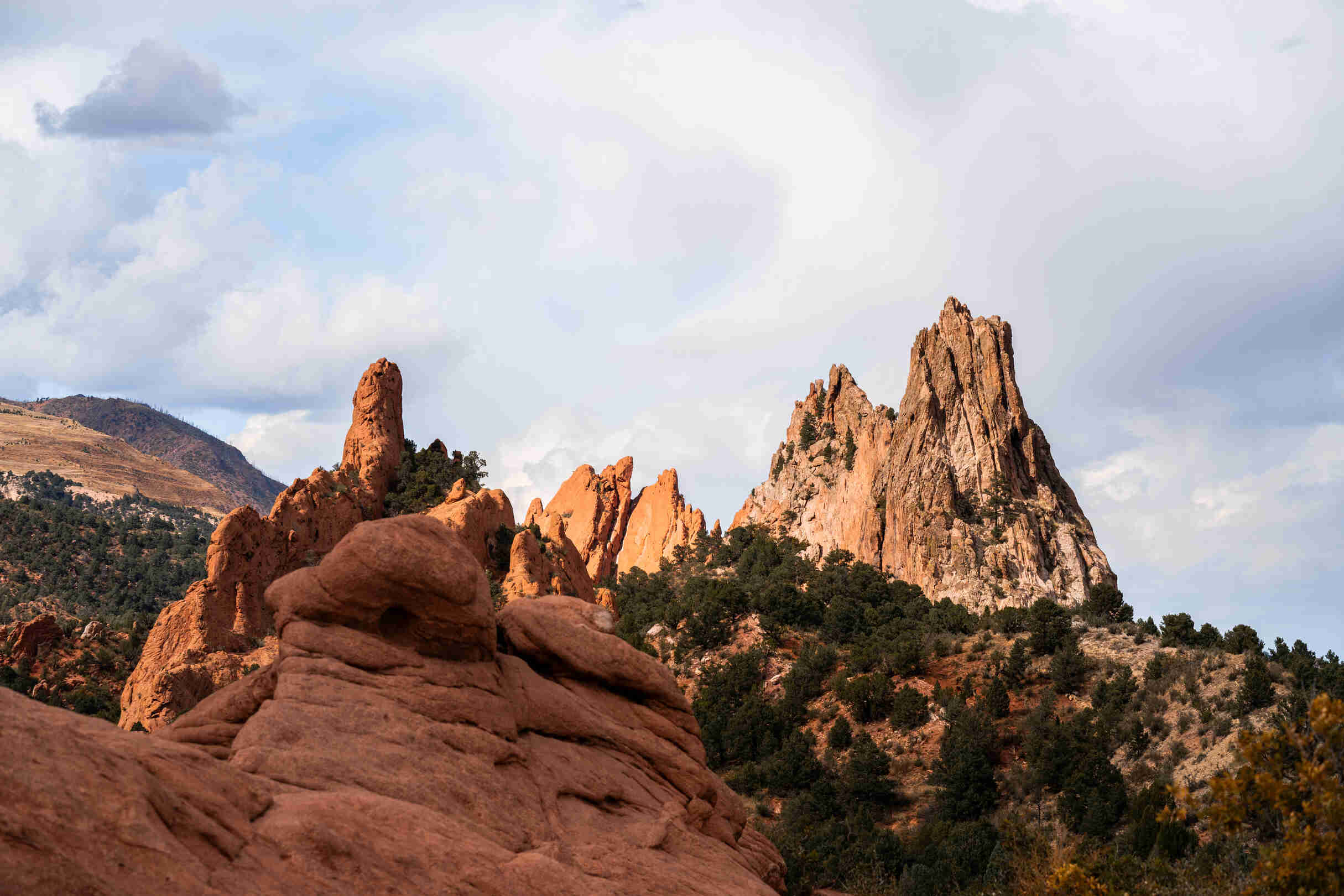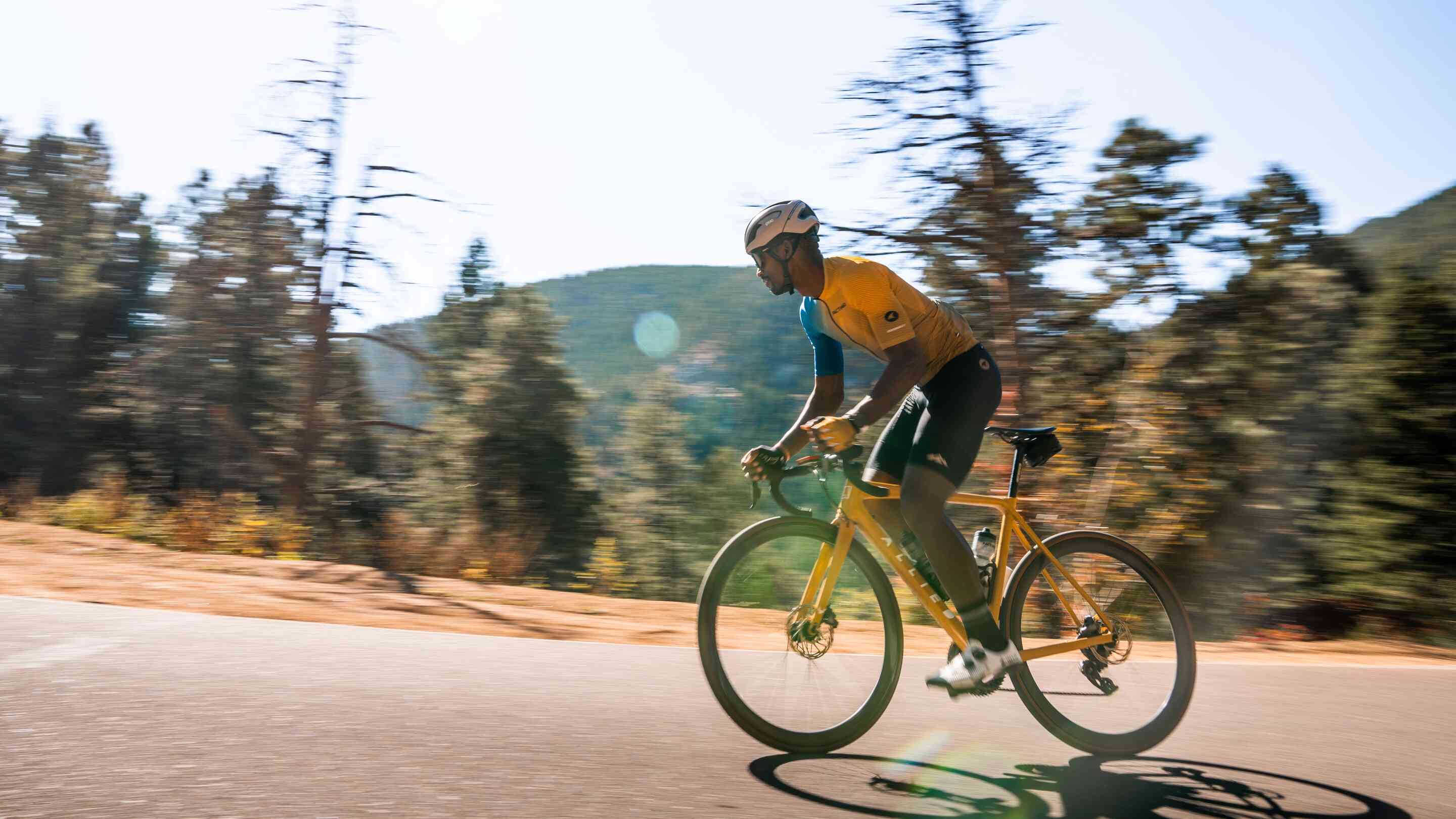No Need to Stop Having Fun When the Pavement Ends!
Many riders, especially those who are new to cycling, have a misconception that road bikes should ony be ridden on pavement. But the truth is, road bikes can be safely ridden on all kinds of road surfaces, including cobblestone, dirt, and gravel.
Plus...riding on dirt is fun! You'll not only encounter a whole lot less traffic, but you'll be exposed to a whole new world of sights and sounds. Plus, the experience will enhance your overall bike handling skills.
However, before venturing off-raod, there are a few considerations to take into account. For example, tire width. I've done a fair share of off-road rides on tires as narrow as 20mm, but that was years ago and I was young and fearless. Today, I wouldn't even recommend riding anything that narrow on the pavement, let alone gravel. The good news is wider tires on road bikes are not only perfectly acceptable, they're actually possible with modern frame designs (read Myths in Cycling (1): Wider Tires Are Slower). So, if you haven't switched already to something like 700x28c, I highly recommend doing so, if they'll work with your bike. You'll feel far more confident on your bike, on pavement, and gravel alike.
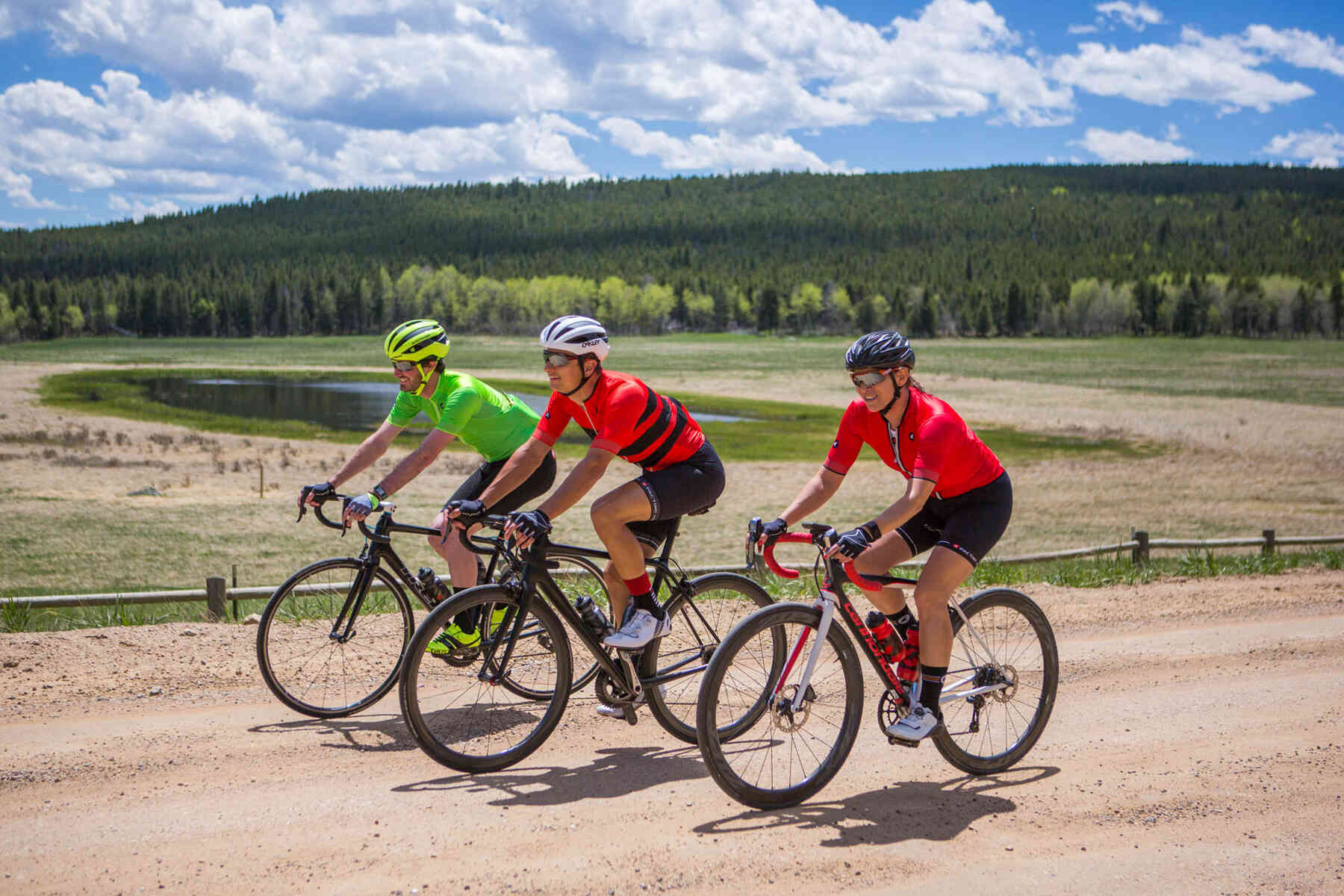
Another consideration is, be prepared to flat. I'm not saying you will flat out every time you head off the pavement, but there is a higher probability due to pinch flats and thorns or just sharp rocks. And, while it doesn't make much sense to run tubeless on a road bike, strictly ridden on pavement, it makes perfect sense to go tubeless on a gravel bike for all the aforementioned threats. So, pack an extra CO2 cartridge for your day in the dirt.
Now, here's a few tips to help you build skills and confidence when taking your road bike off pavement:
1. Relax - The most important technique is the simplest. When riding on gravel or dirt, you'll likely experience some lateral movment, and feel your front wheel wander slightly from side to side. This is completely normal. The easiest way to control lateral flow is to relax and ride with it. Make sure you keep your shoulders, arms, and hands loose and maintain a normal grip on your bars.
2. Maintain Momentum - Keep pedaling and maintain enough speed and forward momentum to allow your front wheel to glide over the gravel and bumps in the road. A little speed makes it much easier to keep a two-wheeled vehicle upright, because the wheels act as gyroscopes. Similarly, pushing a bigger gear in rough terrain can keep you from bouncing around and help with overall control.
3. Moderate Speed - Avoid excessive speed. Gravel roads offer less traction than pavement. Brake early and often enough to maintain control. And don't lean through corners like you typically would. Try to imagine going through corners in an almost upright position, so your weight is directly over the wheels. That's the key throughout any of these tips...keep your weight over the wheels.
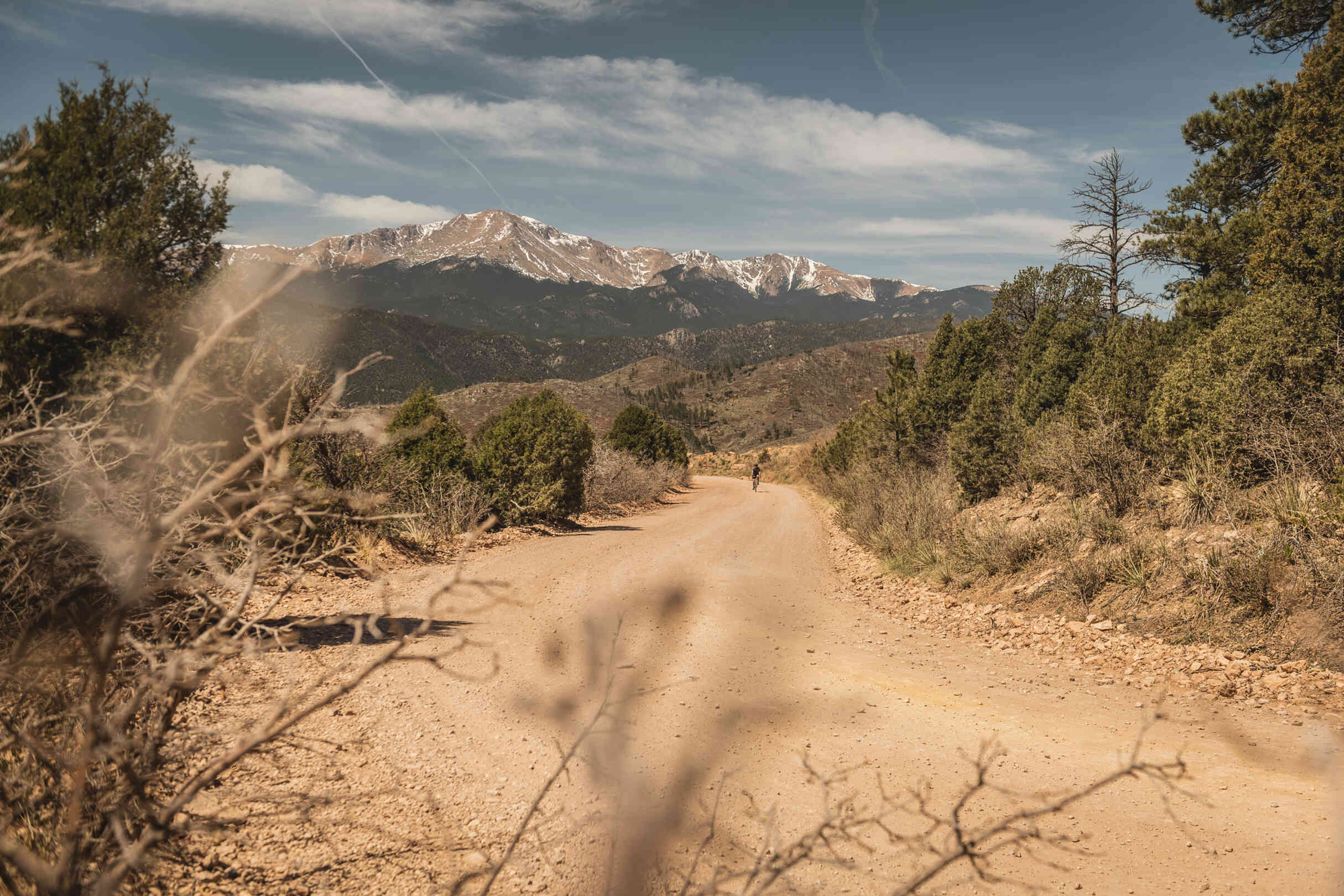
4. Stay in the Saddle - Avoid the temptation to climb out of the saddle. On a road bike the geometry is such that your weight will shift forward and you will lose rear wheel traction. Stay seated when climbing so you can keep power to the rear wheel.
5. Brake Carefully - Brake gently to prevent your wheels from skidding. Be especially gentle with your front brake. If you feel your front wheel being to skid, release your front brake immediately.
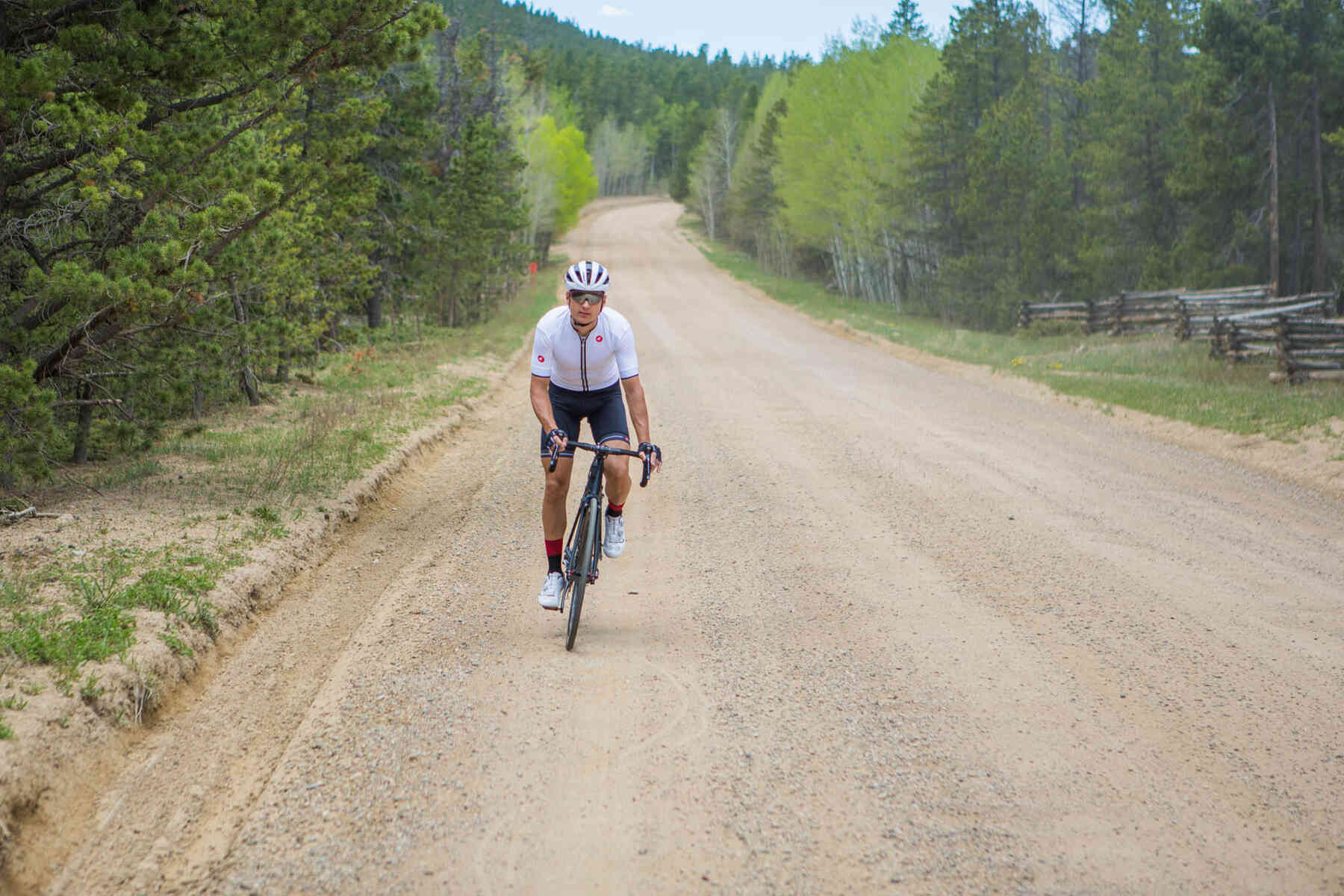
6. Choose Your Line - Look for the spots where cars or other bikes have packed the gravel or dirt more tightly. It's typically much easier to ride in those areas. However, if other riders or oncoming traffic make that impractical, don't hesitate to head for the loose stuff - just keep your wheels straight and pedal through it.
7. Be Considerate - Even if you are completely comfortable riding on gravel, be aware that other riders might not feel the same. When passing, give others plenty of room (even if it means slowing down).
8. Keep Your Butt Happy - If you're planning a day ahead on dirt or gravel, you'll want to wear bibs or shorts with a premium pad. Riding on dirt is very different in that you will probably spend the entire time in the saddle. Remainign seated makes it easier to maintain a more upright and stable center of gravity. But, it also means your rear end will take some additional punishment. Choosing bibs or shorts with an endurance chamois will make a huge difference when it comes to comfort. We recommend our Summit Stratos 12-Hour Bib or Range Stratos Cargo 12-Hour Bibs with triple density CyTech Endurance Anatomic Carbonium chamois. They were specifically designed for gravel events like the Dirty Kanza and will provide all-day comfort over rough terrain.
So, as you leave the familiar asphalt behind and venture onto the road less traveled, remember that your road bike is more versatile than you might have thought. By equipping yourself with wider tires, preparing for potential flats, and adopting these practical techniques, you can confidently explore the world beyond the pavement on your road bike. So, gear up, hit the gravel, and relish the thrill of the trail while keeping these valuable tips in mind. Happy and safe cycling!

